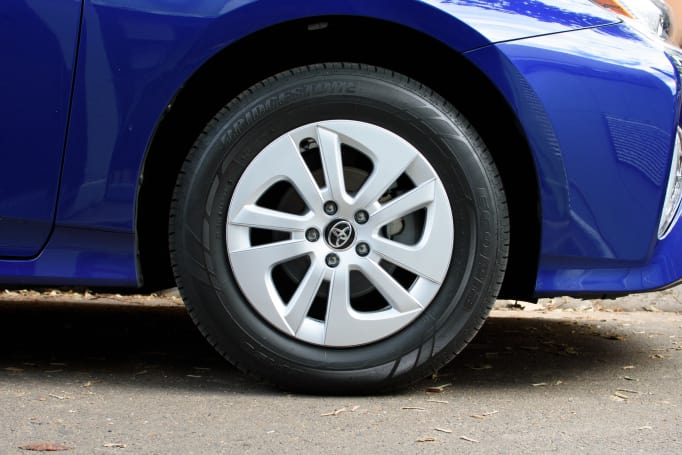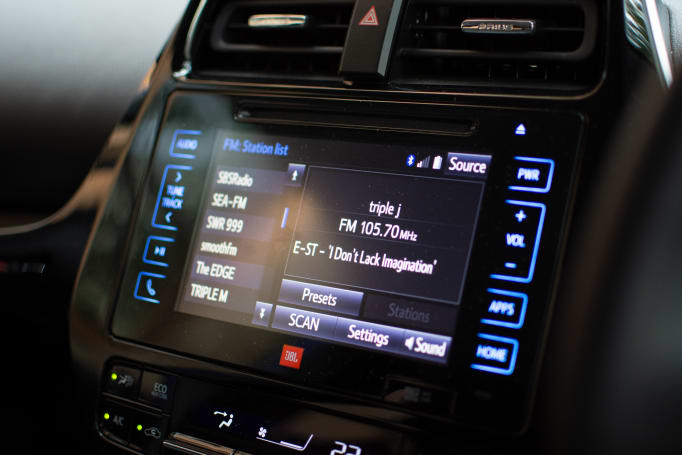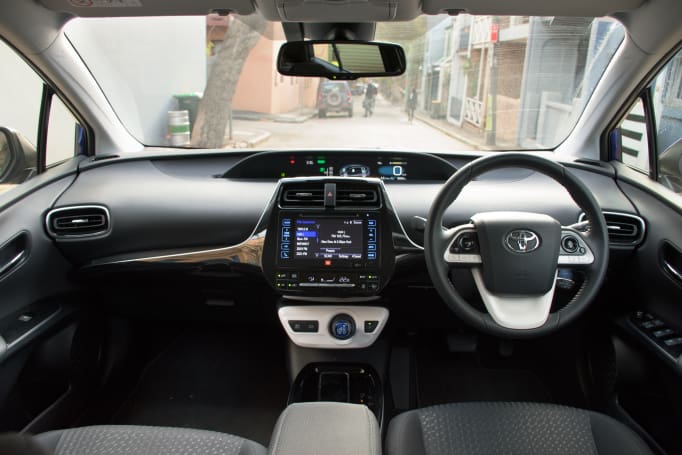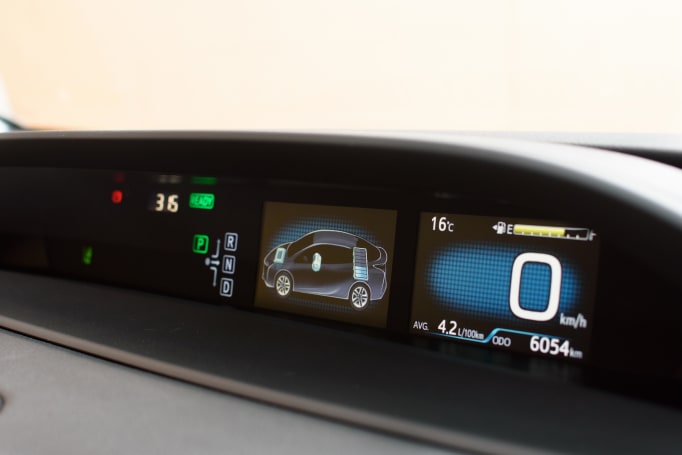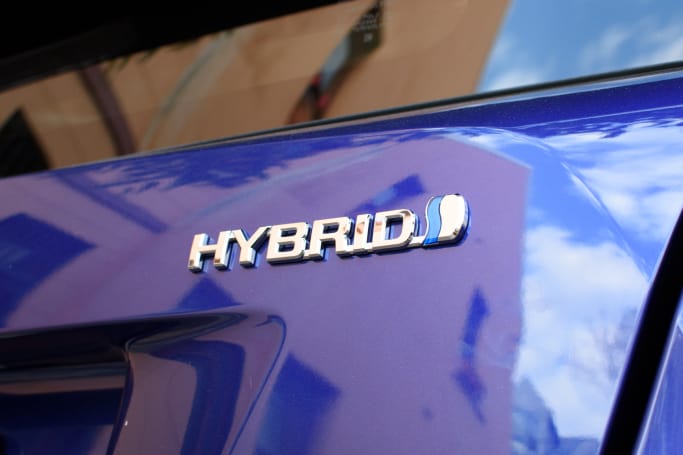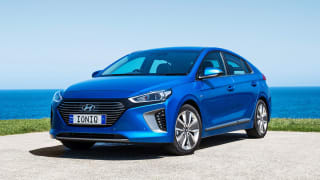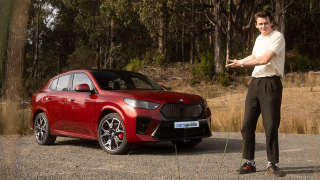You know when middle-aged folks become acutely aware of the endless march of time and lash out to reclaim former youth. Colloquially known as a mid-life crisis, I think the Prius is well and truly there on the design front.
The ’97 first-gen car had ugly, awkward styling. But it made its point. The awkward shape back then was the reality of the future. Cars needed to be smart and practical, forgoing the luxuries of beautiful styling or long, sculpted bonnets.
For the eco-conscious the original Prius’ design was kind-of punk-iconic. They were indifferent, or worse still, proud of its unusual shape as it reinforced to everyone who gazed upon it that they’d made the tough choice to drive a Prius, for the good of the planet.
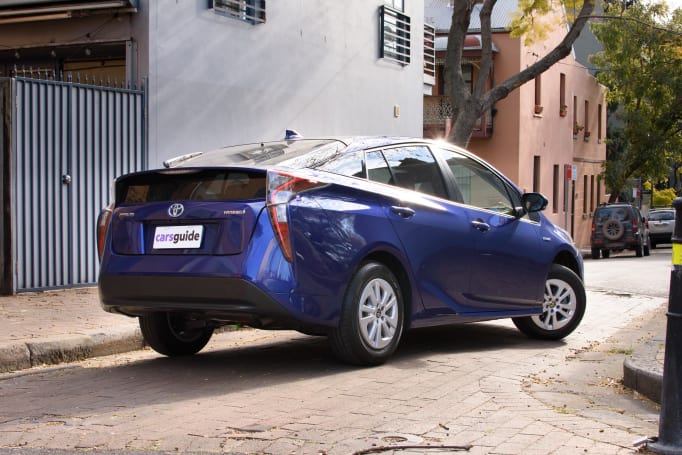
I would argue, however, that our fourth-gen car you see here doesn’t need to be as edgy. But it is. And it’s trying really hard to be. Look at all the science fiction hard lines and angles. The design goes out of its way to look controversial. It’s like a mid-40s relative suddenly wearing skinny jeans and using emojis.
I’d say our base-spec Prius doesn’t look bad, per se. Especially in its appealing ‘Lunar Blue’ paint, but the wacky assault of angles which dominates the front lower fascia, side three-quarter and lifted-up rear will be enough to scare off some buyers.
Inside, the design theme continues, with oddly-placed screens, a cardinal design sin of placing the instrument binnacle centrally in the dash, and a weirdly low (but nicely-sized) 7.0-inch touchscreen.
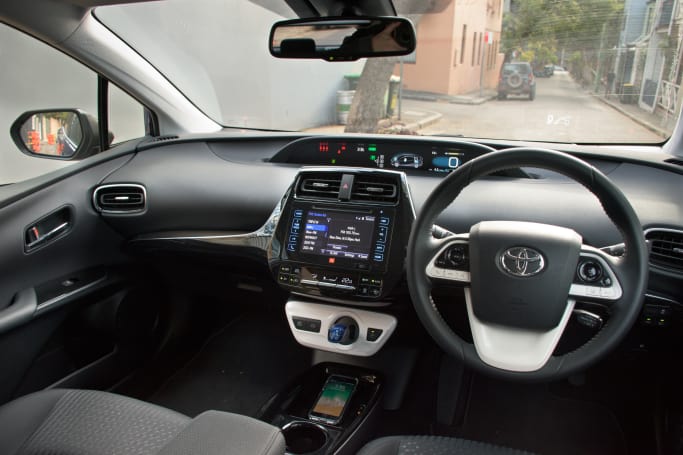
To detract from the appeal further, there’s a mish-mash of matte and gloss materials in different colours and patterns. I was particularly offended by the random glittery off-white plastics used around the steering wheel and shift-lever. Strange.
On a more positive note, I will say the Prius’ large windows grant excellent forward and side vision for the driver, and - gloss plastics aside - the cabin ambiance has generally improved greatly over the previous-generation car.




